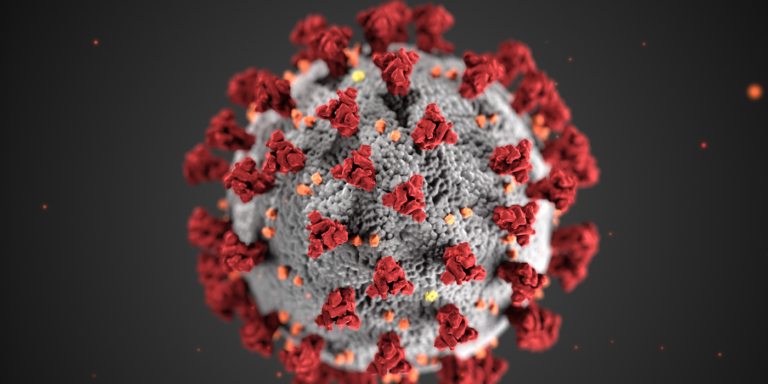The Centers for Disease Control and Prevention (CDC), the national public health agency of the USA, has released research related to the risk of SARS-CoV-2 infection in the aircraft cabin, based on laboratory modelling.
The CDC cites research from bodies including the National Institute of Hygiene and Epidemiology in Vietnam and the Australian National University which suggest that the proximity of passengers seated in the aircraft cabin could be associated with an increased risk for infection. However, the CDC admits that the current studies quantifying the benefit of specific social distancing strategies in the cabin, such as keeping the middle seats vacant, are limited.
The latest advance in the research, conducted by CDC and Kansas State University (KSU) modelled the relationship between SARS-CoV-2 exposure and aircraft seating proximity, including full occupancy and vacant middle seat occupancy scenarios. The bacteriophage MS2 virus was used as a surrogate for airborne SARS-CoV-2.
CDC and KSU found that relative exposure in scenarios where the middle seats were kept vacant could be reduced by 23% to 57%, compared with exposures in full cabin occupancy scenarios. A 23% exposure reduction was observed for a single passenger who was in the same row and two seats away from the SARS-COV-2 source, rather than in an adjacent middle seat.
When quantifying exposure reduction to a full 120-passenger cabin rather than to a single person, exposure reductions ranging from 35.0% to 39.4% were predicted. A 57% exposure reduction was observed under the vacant middle seat condition in a scenario involving a three-row section that contained a mix of SARS-CoV-2 sources and other passengers. Based on this laboratory model, CDC and KSU posit that a vacant middle seat reduces the risk of exposure to SARS-CoV-2 from nearby passengers.
“These data suggest that increasing physical distance between passengers and lowering passenger density could help reduce potential Covid-19 exposures during air travel,” stated the CDC.





